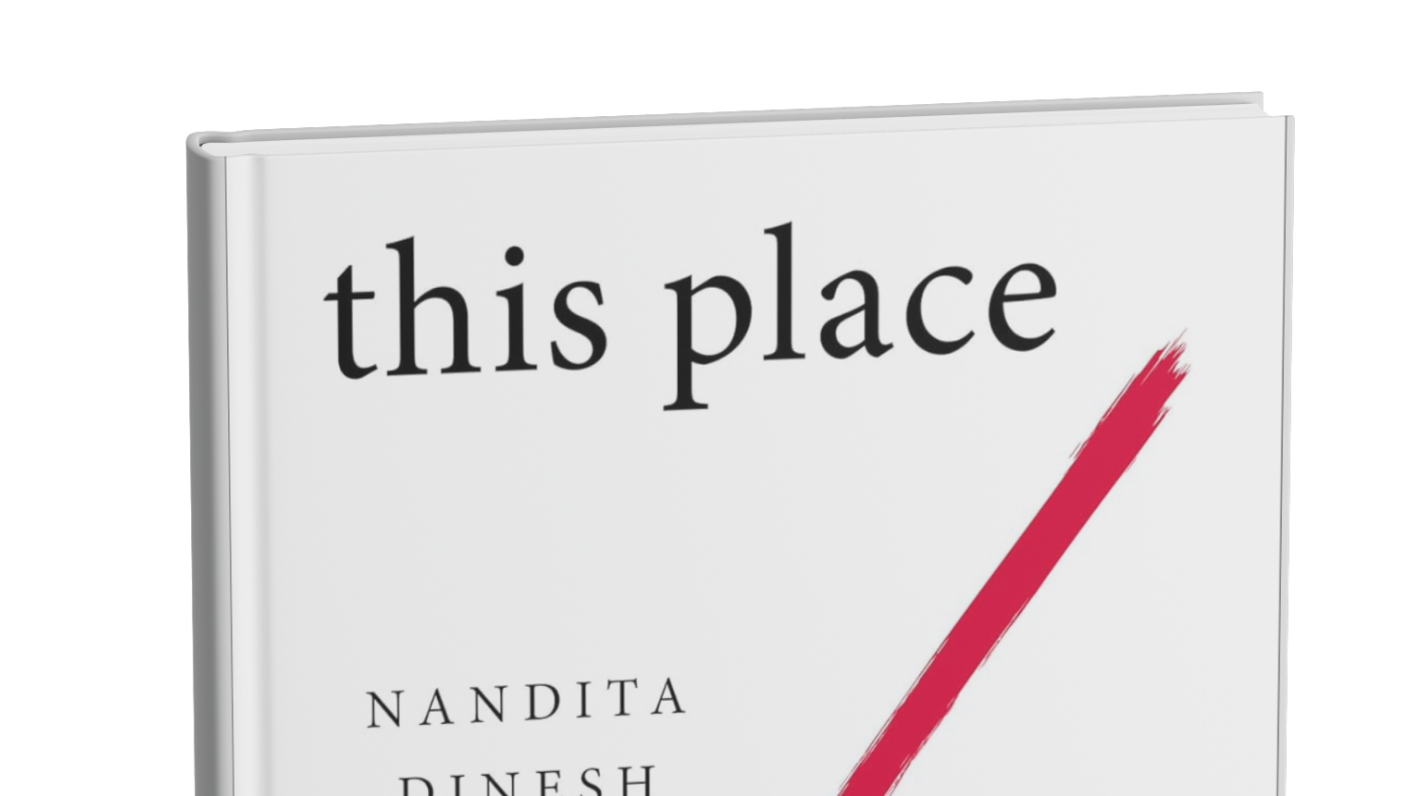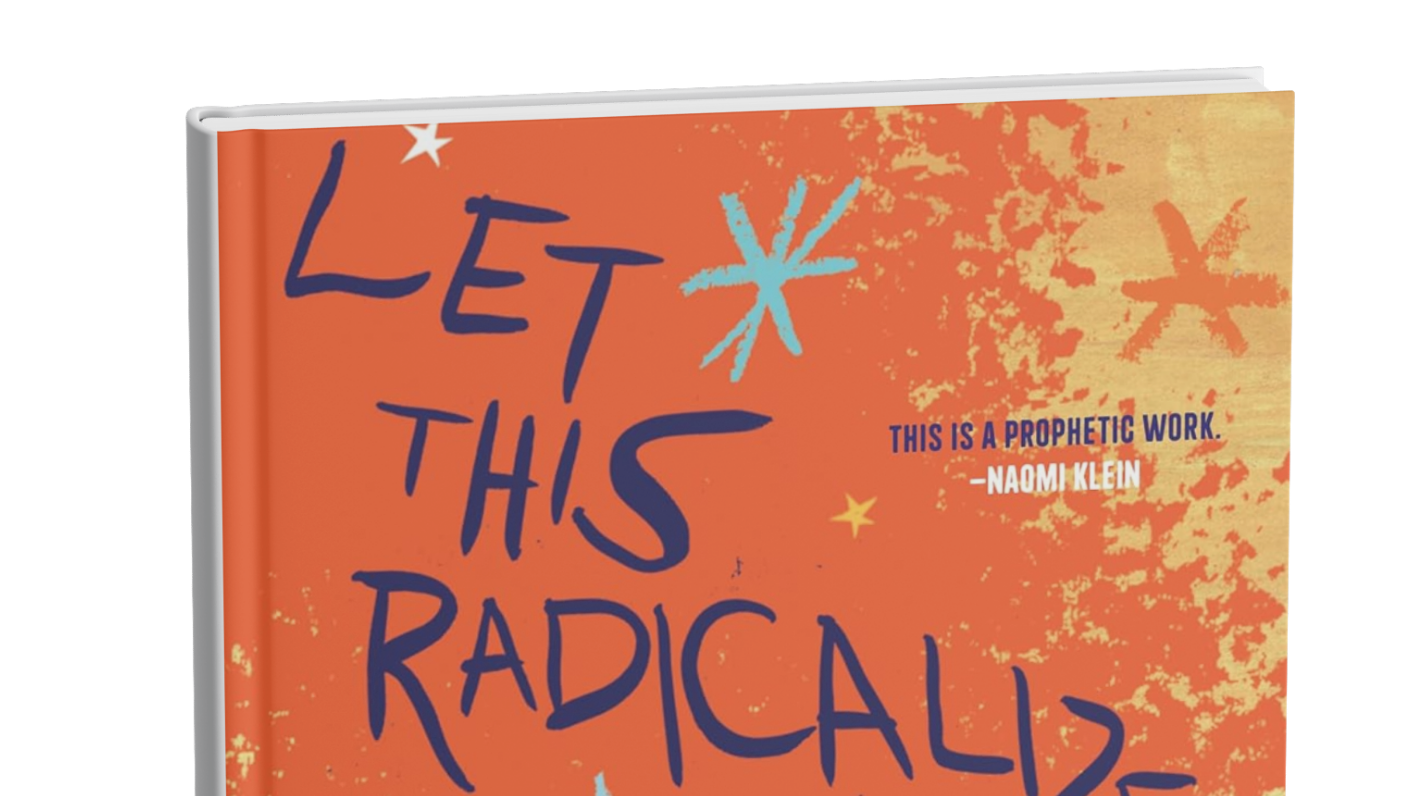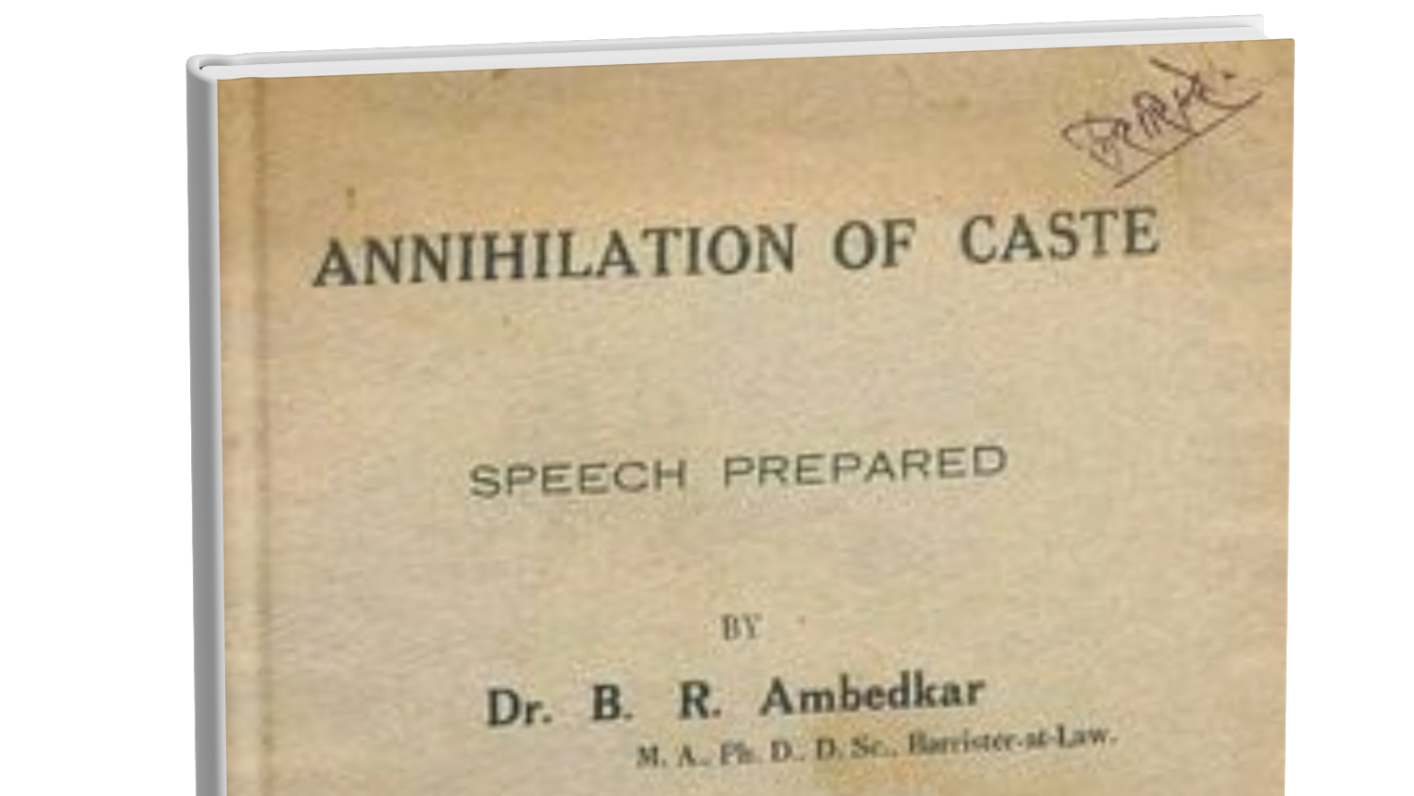In three sentences
1. Practice love for Black people and address the hate that is entrenched against Black people
2. Constructive criticism and self-criticism should be encouraged and not penalised
3. Cultivating collectivist thinking helps us be responsible for each other and to each other
Impressions
An autobiography that does the impossible: it retains the detail of Shakur’s story while connecting her individual struggles and successes with those of the broader movement and individuals.
How the text changed me
The book has made me more mentally ready, if that is at all useful, to the prospect of being tortured for engaging in revolutionary work.
Top three quotes
“i want to win. I don’t want to rebel, i want to win.”
“Before going back to college, i knew i didn't want to be an intellectual, spending my life in books and libraries without knowing what the hell was going on in the streets. Theory without practice is just as incomplete as practice without theory. The two have to go together. I was determined to do both.”
“You can’t claim that you love people when you don’t respect them, and you can’t call for political unity unless you practice it in your relationships. And that doesn’t happen out of nowhere. That’s something that has got to be put into practice every day.”
Fascinating details
There’s much to learn about learning from Assata Shakur’s autobiography. Her story shows how deep, meaningful learning doesn’t just come from schools — it’s shaped by the people around us, the systems we move through, and the spaces we build. I’ll explore three key influences in her life: family members, institutional education, and the world outside school.
Part 1: Learning Through Family
Shakur’s early education was deeply shaped by her aunt Evelyn, who introduced her to the world in rich, tactile ways — from plays and restaurants to rowing boats and exploring parks. Evelyn’s style was informal, but profoundly effective. As Shakur puts it, “She would give me a book and say, ‘Read this,’ and I would eat up that book like it was ice cream.” That metaphor — comparing books to a beloved treat — captures the joy and eagerness with which she absorbed knowledge.
Her grandmother, too, played a powerful role, embedding values of self-respect and awareness of racial inequality. She told young Assata, “Don’t you respect nobody that don’t respect you, you hear me?” and emphasized education as a path to dignity. But her grandmother also reinforced certain class boundaries within the Black community, cautioning Shakur against associating with “alley rats.” This tension—between respectability and systemic injustice—sparked questions for Shakur about the limits of formal education and the ways inequality gets reproduced even within families.
Part 2: Schooling and Its Discontents
Shakur’s experiences in school reveal how the structure of education often worked against genuine learning. After an injury in the fourth grade, she lost a beloved teacher and was forced back into a rigid, rote-learning environment. “She bored me to death,” Shakur wrote of her new teacher, describing the shift back to rows and readers.
Later in life, while attending night school, she found herself memorizing content that felt disconnected from real life. The diploma, she realized, “meant nothing in the job market.” This led her to a sharp critique of American schools:
“Nobody is going to give you the education you need to overthrow them… Schools in amerika are interested in brainwashing people with amerikanism.”
But it wasn’t all bleak. Teaching an art class became a transformative experience — both for her and her students. When she saw her Black students drawing white children, she responded by covering the classroom with images of Black people and guiding conversations about beauty and identity. Over time, the students’ self-image began to shift. “We were feeling good about ourselves,” she writes. This moment is a powerful reminder: even within institutions that limit us, it’s possible to carve out liberatory spaces for reflection and affirmation.
Her later educational experiences — like discovering that Manhattan Community College offered no Puerto Rican history — only reinforced the idea that knowledge from lived experience and peer-led teaching (like learning from Puerto Rican students) was often more meaningful than what schools were officially willing to teach.
Part 3: The City as a Classroom
Outside the classroom, Shakur learned through curiosity and movement. Her bicycle was her passport to the world. She rode all over Queens, exploring freely. “Exploring” wasn’t just play — it was her way of connecting with her environment, building confidence, and developing independence.
Books and poetry also became a source of intellectual discovery. She and her friend Bonnie styled themselves as “intellectuals,” frequenting cafés near Columbia University. These spaces gave them access to conversations, debates, and new ideas — including friendships with African students. These informal settings helped shape her worldview more than any classroom did.
At the same time, she became critical of how even radical movements could fall into unthinking repetition. She observed that some Black Panther members repeated slogans without fully understanding them. This signals her belief that education must be critical, reflective, and self-aware — not just about absorbing ideas, but truly making sense of them.
Learning
Assata Shakur’s story shows that education is everywhere. It happens in the kitchen with your grandmother, on a bicycle through Queens, in a night school classroom — and in resistance to it. Her life urges us to ask: What kind of learning truly liberates? Who do we learn from, and why? And how can we create spaces that help us not just succeed in society, but question and transform it?Shakur, Assata. Assata: An Autobiography. L. Hill Books, 2001.









